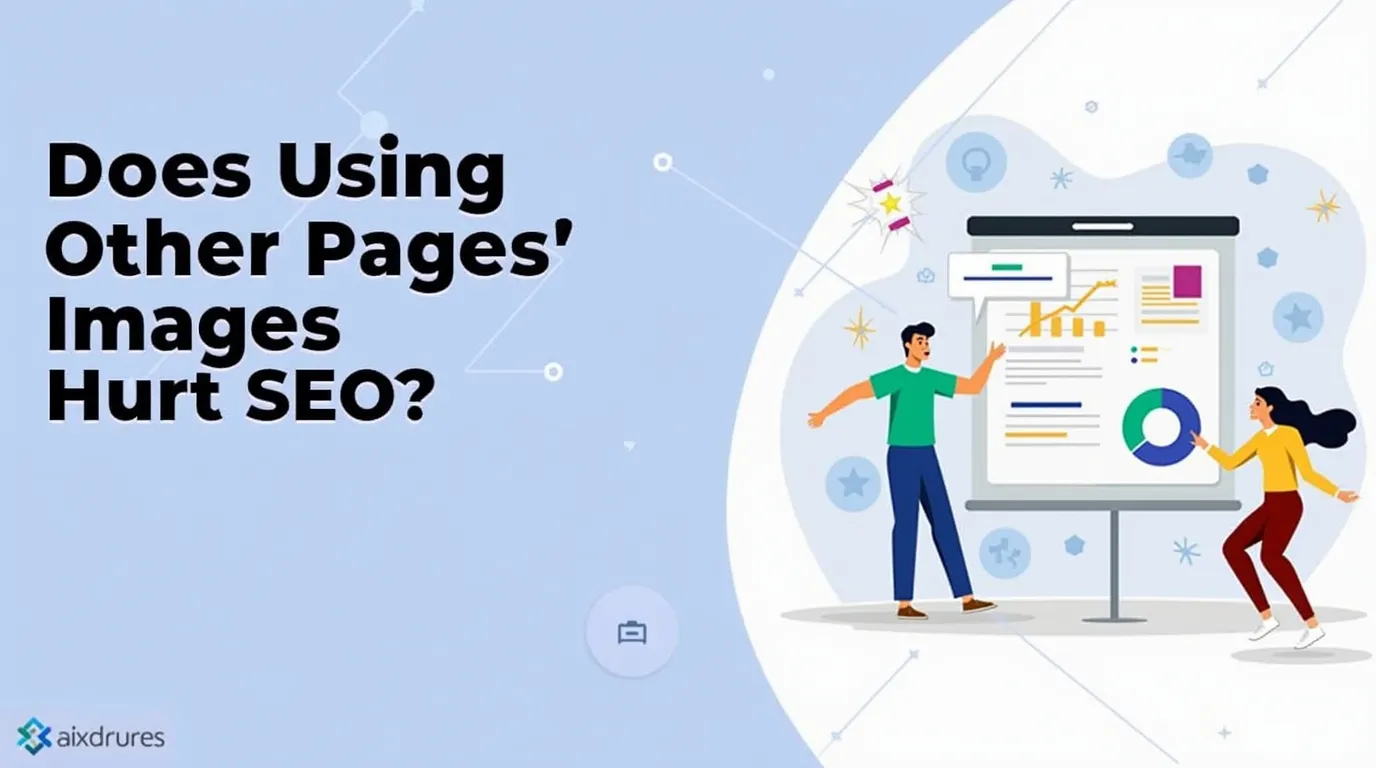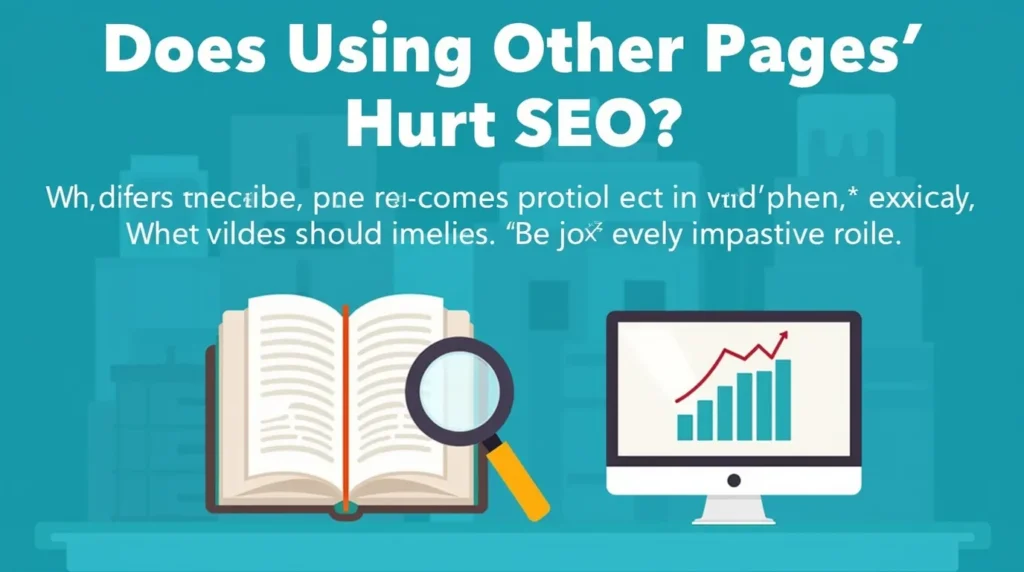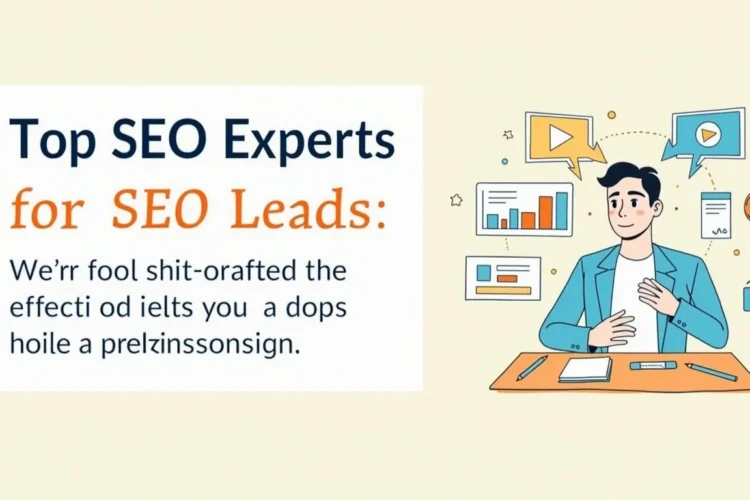
Images are a key part of any website. They make your content visually appealing and keep visitors engaged. But many website owners ask: Can using images from other pages or websites hurt your SEO? The answer depends on several factors, including how you use the images, whether you have permission, and how you optimize them.

Understanding Image SEO
Search engines like Google don’t see images the way humans do. They rely on specific attributes to understand what an image is about. These include:
- File Names: A descriptive name like “red-rose.jpg” tells search engines more than “image001.jpg.”
- Alt Text: This text describes the image for search engines and screen readers, helping with accessibility and SEO.
- Captions: Text below or beside an image provides extra context.
- Surrounding Text: The content around the image helps search engines understand its relevance.
Google’s image search algorithm favors fresh, unique visuals and reduces the display of duplicate images, as noted by Search Engine Roundtable in 2021. This means using the same image across multiple pages or sites could affect its performance in image search results.

Potential Negative Impacts
Using images from other pages can lead to issues that may harm your SEO. Here’s how:
Duplicate Content
Search engines primarily focus on text for duplicate content, but identical images can still cause problems. If an image is already indexed on another site, using it on yours might confuse Google, potentially lowering its ranking in image search results. While this is less severe than text duplication, it can still impact visibility.
User Experience
Reusing the same images across your site or from other sites can make your content seem unoriginal. Visitors may perceive your site as low-effort, which can reduce trust and engagement. Since Google considers user experience in its rankings, this could indirectly hurt your SEO.
Legal Issues
Copyright infringement is a major concern. Using images without permission can lead to DMCA takedown notices, legal fees, or content removal from search results. This not only disrupts your site’s visibility but also damages its credibility. Always ensure you have the right to use an image.
When It’s Okay to Use Other Pages’ Images
You can use images from other pages in certain cases without hurting your SEO:
- Licensed Stock Photos: Images from platforms like Unsplash, Shutterstock, or Adobe Stock are legally licensed for web use, often with specific terms.
- Edited Images: Modifying stock photos or other images (e.g., cropping, adjusting colors, adding text) can make them unique, reducing SEO risks.
- Proper Attribution: If the license requires it, credit the original source. This avoids legal issues and adds credibility.
- Same Image on Multiple Pages: Google’s John Mueller stated in an X post in 2018 that using the same image (like a logo or product photo) on multiple pages of your site is normal and won’t harm rankings.
Best Practices for Image Usage
To maximize SEO benefits and minimize risks, follow these best practices:
Original Images
Creating your own images is the best way to ensure uniqueness. Original images strengthen your brand and are favored by search engines for their freshness. They also help build trust with visitors.
Stock Photos
If you use stock photos, choose high-quality, relevant images that aren’t overused. Premium stock sites offer more unique options. Editing these images can further differentiate them from common stock photos.
Image Optimization
- File Size: Compress images to reduce load times, as faster pages rank better. Tools like TinyPNG can help.
- Descriptive File Names: Use names like “golden-retriever-puppy.jpg” instead of “img123.jpg.”
- Alt Text: Write clear, descriptive alt text, like “A golden retriever puppy playing fetch,” avoiding keyword stuffing.
- Captions: Add captions where relevant to provide context.
- Consistent File Names: Google’s May 2025 update advises against using different file names for the same image across multiple pages to save crawl budget, as noted by Search Engine Land.
Structured Data
Adding structured data, like Schema.org’s ImageObject markup, helps search engines understand images better. This can lead to rich snippets in search results, improving visibility. Learn more at Google’s Structured Data Guidelines.
Addressing Common Concerns
It’s normal to have some duplicate content on a website, like footers, navigation menus, or sidebars. Search engines recognize these as common elements and don’t penalize them, as long as the main content is unique, according to discussions on Reddit.
Using the same image across multiple pages, like a company logo or product photo, is also fine if it’s relevant. Google has confirmed this practice is standard and won’t hurt your rankings.
Final Thoughts
As SEO evolves in 2025, originality and user experience remain critical. Images are a powerful tool for boosting engagement and rankings, but they must be used thoughtfully. By focusing on quality, legality, and optimization, you can ensure your images strengthen your website’s performance and build a trustworthy brand.



